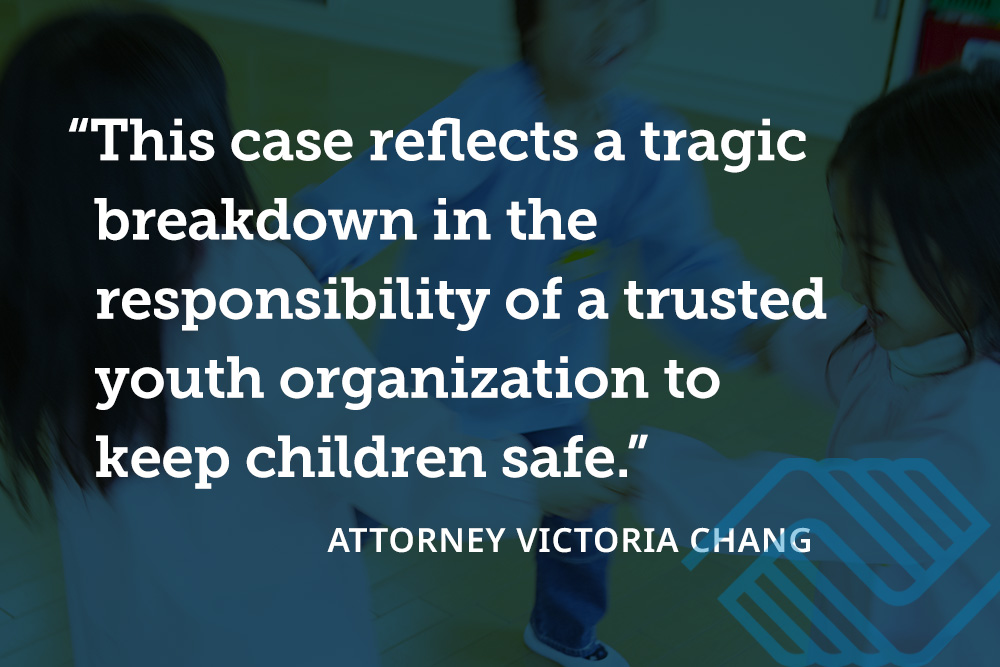Last week, we started talking about how important it is for people—especially young people—to avoid the pitfalls of sports concussions. We continue the conversation this week with a special guest: Ross Oshiro, Coordinator for the Sports Medicine Program at the Queen's Center for Sports Medicine joins us.
Chronic Traumatic Encephalopathy (CTE) is a brain disease caused by repeated hits to the head. Even sub-concussive hits that do not cause concussive symptoms increase the risk.
The aftermath of CTE is devastating, and even in the young brains of student athletes, it causes significant cognitive impairment. These students suffer both inside and outside of the classroom from memory loss and executive dysfunction (which is characterized by "deficiencies in planning, abstract thinking, flexibility and behavioral control"), which are brought on both by concussive injuries and CTE.
Football's huge popularity and high concussion rate, combined with our new understanding of mild traumatic brain injuries, has made the sport quite the hot topic and subject of controversy, recently. Part of the reason football is so dangerous is because of the false sense of security that the helmets give the players. With such a hard shell, players could be excused for feeling invincible. But in fact, while these helmets prevent injuries such as skull fractures, they do little to prevent the less obvious trauma to the brain that concussive and sub-concussive hits cause.
The Big Question is: How can we save the coconut and keep football exciting? Tune in and learn about the technological, cultural, and financial dimensions of this complex issue; and about Hawai‘i's leadership in advancing athlete safety in the sport of football.






